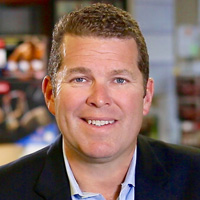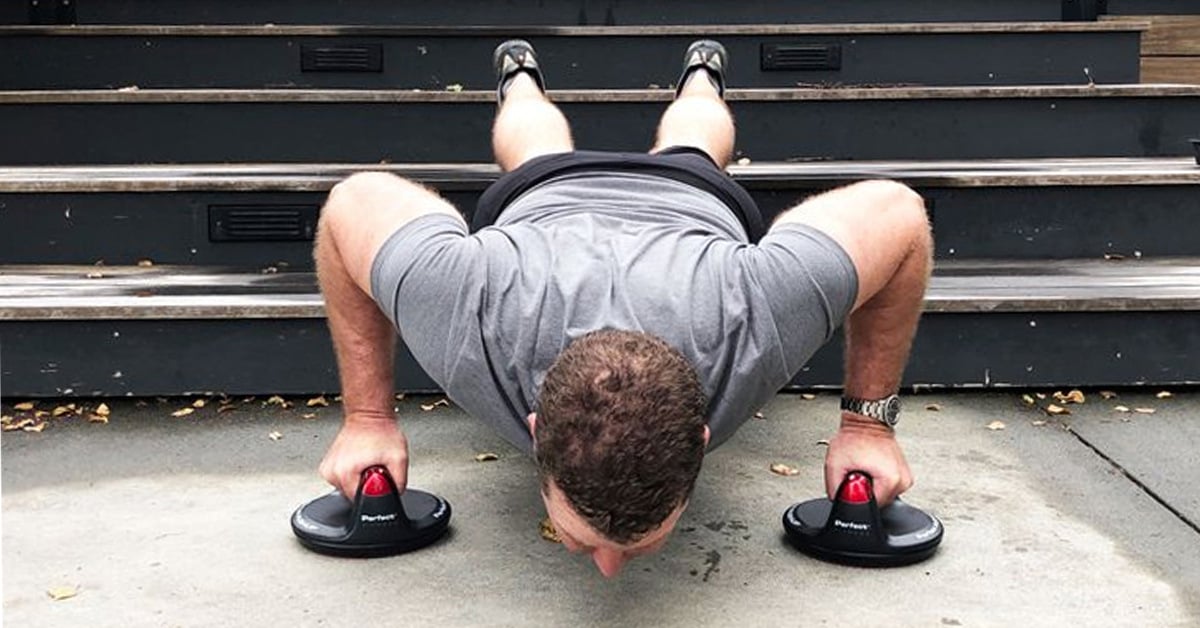As the Founder and CEO of Perfect Fitness, I led the company through growth of over 12,000% from 2007 to 2009, which resulted in Inc. Magazine recognizing it as the #1 fastest-growing consumer products company in America. I developed over 40 patents including the Perfect Pushup, Perfect Pullup, Perfect Situp, and Perfect Ab Carver. Looking back at that time, I wish I knew then what I know now about the 3 I’s of an Idea and creating products that sell. Understanding what kind of product you are developing drives the entire product launch strategy from placement to price and promotion.
Not all products are the same – some are completed quickly and simply, and sell immediately, while others can take years to launch and then collect dust on the retail shelf. Though I learned about the 3 Cs (Company, Customer and Competitor) and the 4 Ps (Product, Price, Place and Promotion) in graduate school, I will tell you there’s another set of letters to know about: the 3 I’s of a an idea (product).
3 I’s of an Idea – Improvement
In the case of Perfect Fitness, over 50% of our products were improvements. One example of our improvement “ideas” was focused on the common pushup stands – a product released over 40 years ago to help people get their hands off the floor while performing pushups (there are physiological benefits too). The original pushup stands were of simple construction and looked like U-shaped metal tubes wrapped with neoprene for hand grips.
To do a true improvement requires research. We bought sample products, interviewed users, and captured every detail we heard, observed or experienced. We used the pricing, placement and promotion requirements as guidelines to focus our creativity on the elements of product that would improve the customer’s experience. Lots of sketching later, we were able to focus our improvements on materials and shape while meeting the 3P requirements. For example, we improved the materials (non-slip rubberized grip on the bottom and on the handle), used better resins for a stronger base and changed the design to give the base more stability and made the handles more comfortable and easier to store – they’re stackable.
These kinds of improvements take weeks – not months or years. Though they rarely lead to significant intellectual property protection, they can be excellent additions to your product line and the company’s bottom line while supporting your brand promise. Product improvements work best on ideas with a known reference point – that is, a product that customers already know solves a known problem. Most product improvements are the result of line extensions or aging products.
3 I’s of an Idea – Innovation
But what happens when a product line is saturated and year-over-year sales are in steady decline? It’s time for the next “I” – it time to innovate. Though many think of an innovation as anything that’s new, I think of product innovation as a new idea that leads to developing a new sub-category of a product line. I use the term sub-category, because that means there is an existing reference point for the customer. This is important to understand, because an existing reference point will enable you to sell to a known customer base using messaging that can bridge the old idea with your new innovation. Innovations have a reference point, but come with what I call a “surprise” – something that makes you say to yourself, “whoa, I didn’t see that coming” – it makes you do a double take. Examples of innovative Perfect products are the Perfect Pushup, the Perfect Pullup and the Perfect Ab Carver.
Critical to the success of the innovation is the logic behind the “why” of the innovation.
The innovations in these products, or the surprise, are the rotation of the pushup, the adjustable height “swing” bar of the pullup and the assistance spring inside the Carver. Critical to the success of the innovation is the logic behind the “why” of the innovation. If you’re innovating just to be different and not to really solve a problem then you could be in for real trouble. People will see through your innovation as gimmick, as a “nice-to-have” not a “must-have” which will doom your product to a short lifespan. This is where user research is invaluable. With innovating, your making guesses, testing those guesses, recording why or why not it worked and repeating the process until you narrow down a feature/function set that solves the problem. This process of guess-test-fail-repeat will take longer than the improvement process and you’ll spend much more time making ugly working prototypes but trust me, it will be worth it. You’ll learn from each failed prototype and when ready to finally put design resources to work, you’ll save time and money because you’ll know what the product should be.
3 I’s of an Idea – Invention
By far the most challenging “I” is to invent. Today the verb “invent” is used loosely to describe any new idea. However, a true invention is an entirely new idea that has no reference point – it is the first of its kind birthing an entirely new product category. New categories are great if you have financial means (and guts) to spend marketing capital educating people before realizing any meaningful sales. There are additional product development challenges that come with Inventions – you must not only “invent” product but also the descriptions of what it is and the category it represents. Examples of inventions are the Segway (a two-wheeled gyro-balancing people mover) or in my case, the BODYREV, a rotating weight system.
Creating products is about solving problems.
Inventions take lots of time and even more time to educate people once you have built it. A famous designer that I had the good fortune of learning from – Stephen G. Hauser, an IDSA fellow – would say, “budget three times the length of your development time to educating people on how to use your invention, if you’re lucky!” About 10% of our time was spent working on inventions at Perfect Fitness. Many times, we would work on inventions that may never come to market only to learn something new along the way that we can apply to other products.
The Best Products Solve Problems in the Simplest Way
Creating products is about solving problems. Where product development can go sideways is when you lose focus on the problem you’re trying to solve. This is called “scope creep.” It’s easy to write about, but hard to avoid, when you’re in the heat of “birthing” your idea. Scope creep starts innocently enough with the simple question of “what if our idea could also do X and Y?”
Don’t create an invention when an innovation or an improvement will do.
The natural instinct is to think – “YES! Customers would love to have a product that could do two things instead of just one thing – and better still, it will make our product more valuable – people will pay more for it!” Don’t fall victim to this line of thinking, because it’s the beginning of a slippery product slope that can send your idea straight product purgatory. This is place where products go to die because their original single-minded purpose has morphed into a purpose of trying to be a solution of “all things to all people.” Instead, the product’s story becomes so watered down that customers don’t understand its true point of differentiation and ends up being “nothing to nobody.” The best products solve problems in the simplest way. Don’t use an invention when an innovation or an improvement will do!
Bring Alden to Your Organization to Be Inspired, Equipped and Transformed - About Alden as Keynote Speaker
My current mission is sharing innovative ideas for building High Performance Teams. In my Navy SEAL motivational speaking engagements, I cover three main topics: leadership, team building, and high performance teams. At the end of the day, I want audiences to leave feeling inspired to achieve more than they originally thought possible. Feel free to give me a call prior to your making a decision so you can hear how I will approach your event. I look forward to hearing from you and let’s make something great together.
Onward and upward!
Alden
Tag: 3 I’s of an Idea (Product) – Improvement, Innovation, Invention





